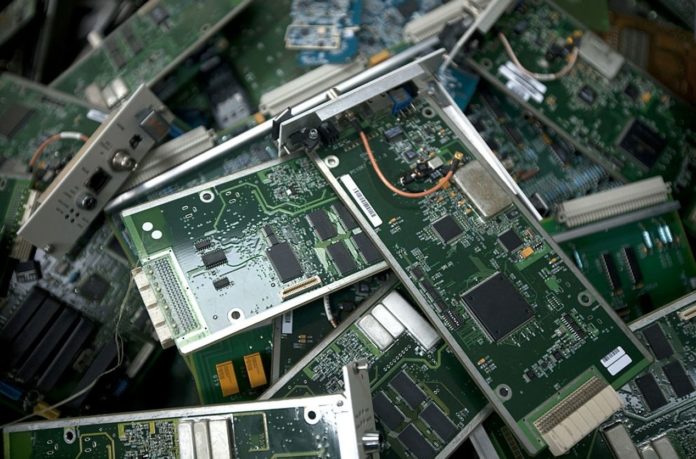To make plastics, rubbers, and other polymers survive longer, manufacturers add synthetic antioxidants. However, little is known about the health impacts of these substances or how easily they move into the environment.
Now, a team of researchers have found a wide range of new synthetic antioxidants, called hindered phenol and sulfur antioxidants, in the dust from electronic waste (e-waste) recycling workshops, which could be dangerous for the people who work there.
Environmental contamination and human exposure to a family of chemicals known as low-molecular weight synthetic phenolic antioxidants have been documented in previous investigations.
Some of these chemicals proved hazardous to rodents or human cells in scientific tests. Manufacturers have recently developed a new class of high-molecular-weight synthetic phenolic antioxidants, commonly known as hindered phenol antioxidants (HPAs), that have better effectiveness and are less likely to migrate from products.
In addition to HPAs, sulfur antioxidants (SAs) are frequently used as “helper” antioxidants in rubber and plastic polymers. Most of these novel chemicals have unclear toxicological effects or environmental occurrences.
As a result, Lixi Zeng and colleagues decided to look into the presence of growing HPAs and SAs in dust from e-waste recycling centers, which are workshops where vast volumes of discarded electronics such laptop computers, cell phones, tablets, wires, and cables are dismantled and processed.
The researchers gathered 45 dust samples from three types of e-waste recycling facilities in an industrial park in Yichun City, China, in August 2020: wire and cable disassembly, electronic plastic processing, and general e-waste dismantling.
They then applied liquid chromatography/tandem mass spectrometry to look for 18 emerging HPAs and 6 SAs. All 24 chemicals were found in the dust, 22 of them for the first time, and some at relatively high quantities when compared to other e-waste contaminants.
Although dust concentrations of SAs were similar across all workshop types, centers that removed wires and cables and processed electronic plastics had much higher levels of dust HPAs than centers that dismantled general e-wastes.
Given the prevalence of developing HPAs and SAs in e-waste dust, the researchers believe that more research on their environmental behaviors, fates, toxicities, and hazards is required.
Source: http://pubs.acs.org/doi/abs/10.1021/acs.estlett.1c00866
Image Credit: Getty
You were reading: E-waste Recycling Can’t Mask Danger It Poses
